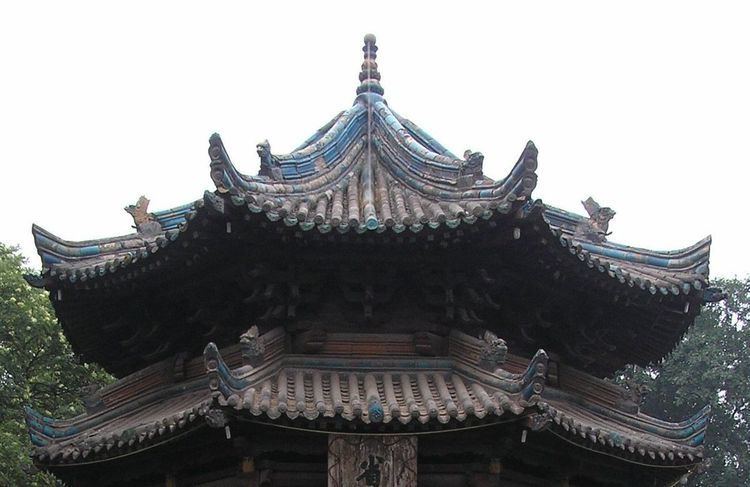 | ||
The Kazakh exodus from Xinjiang occurred in waves during the 1950s and 1960s after the victory of the Communist Party of China in Xinjiang.
In 1936, after Sheng Shicai expelled 30,000 Kazakhs from Xinjiang to Qinghai, Hui led by General Ma Bufang massacred their fellow Muslim Kazakhs, until there were 135 of them left.
From Northern Xinjiang over 7,000 Kazakhs fled to the Tibetan-Qinghai plateau region via Gansu and were wreaking massive havoc so Ma Bufang solved the problem by relegating the Kazakhs into designated pastureland in Qinghai, but Hui, Tibetans, and Kazakhs in the region continued to clash against each other.
Tibetans attacked and fought against the Kazakhs as they entered Tibet via Gansu and Qinghai.
In northern Tibet, Kazakhs clashed with Tibetan soldiers and then the Kazakhs were sent to Ladakh.
Tibetan troops robbed and killed Kazakhs 400 miles east of Lhasa at Chamdo when the Kazakhs were entering Tibet.
In 1934, 1935, 1936-1938 from Qumil Eliqsan led the Kerey Kazakhs to migrate to Gansu and the amount was estimated at 18,000, and they entered Gansu and Qinghai.
Tibetan troops serving under the Dalai Lama murdered the American CIA agent Douglas Mackiernan and his two White Russian helpers because he was dressed as a Kazakh, their enemy.
Soviet persecution of Kazakhs led to Kazakhs from Soviet Kazakhstan moving to Xinjiang.
The Kazakhs had settled in the Dzungaria area of Xinjiang after the Dzungar genocide by the Manchus wiped out most of the native Dzungar Oirats and fleeing from Soviet engineered famines against the Kazakhs like the Kazakh famine of 1919–1922 and Kazakhstan famine of 1932-1933. The Kazakhs had defected to the Republic of China and fought against the Soviet Communist backed Uyghurs in the Ili Rebellion.
The initial exodus began in 1950 or the Year of the Tiger, when the victorious Chinese Communist Army took control, not guaranteeing nor overtly denying the Kazakh way of life: tribalism and Islam. Families voted at Barkol and set out to preserve their way of life in the steppes of Kashmir.
This initial journey to Kashmir was opposed by the victorious Chinese Red Army as they passed through Chinese territory. The first attack happened at Barkol in Kumul Prefecture and the second near Timurlik. The Kazakh groups that survived fled into Tibet to survive. The victory by the Chinese Red Army was not the only thing that hindered the initial Kazakh exodus; they also suffered illness which killed countless individuals. It took three months for the Kazakhs to cross Tibet and arrive at Srinagar, Kashmir. Of the 400 families that fled China, only 350 arrived at Srinagar in the initial exodus.
In 1962, the Kazakhs embarked on another exodus from Xinjiang. This time the Kazakh and members of other ethnic groups fled to the Soviet Union due to mass riots and communist reforms that again were imposed on the Kazakhs' traditional way of life.
